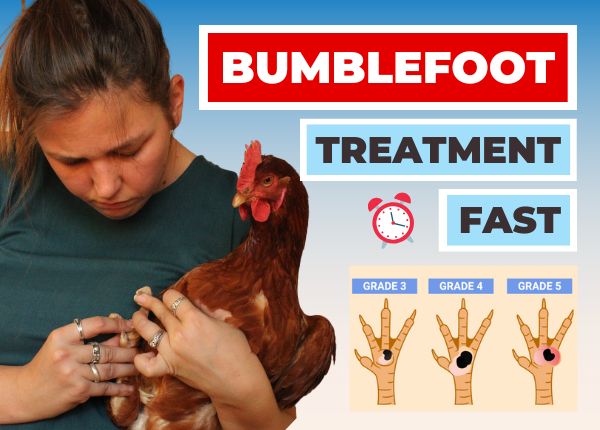
Bumblefoot. Sounds kinda cute, doesn’t it? Well, sadly it’s not! Ever stood on a Lego? Bumblefoot is the killer pain in the foot for chickens.
This gag-inducing, yucky-clucky foot infection causes lameness, swollen feet, and immobility. It’s not just a next-level-gross pain in the foot, its potentially fatal for your feathery friend.
Been bumbling around trying to find answers about Bumblefoot? You’re in the right spot now. Speaking of spots…
If you’re one of those people that secretly love to see pimples popped (no judgement here, we all have our things) there are some Bumblefoot videos below that will seriously float your boat.
If you’re squeamish, do NOT press play.
In less than 10 minutes you’ll know everything you need to know about Bumblefoot, including how to prevent it, spot the signs, and treat it at home!
- What Is Bumblefoot?
- How To Spot Bumblefoot
- Bumblefoot Symptoms
- What is the Black Spot in Bumblefoot?
- Why is My Chicken Limping?
- What Causes Bumblefoot in Chickens?
- Can Bumblefoot Go Away on Its Own?
- How to Cure Bumblefoot
- Can Bumblefoot be Fatal in Chickens?
- Why is Bumblefoot so Serious?
- Is Bumblefoot Painful?
- How To Prevent Bumblefoot
- When Should I See a Vet with Bumblefoot?
- Grades Of Bumblefoot
- Treating Bumblefoot at Home
- How Do Vets Treat Bumblefoot?
- Do Only Chickens Get Bumblefoot?
- Is Bumblefoot Contagious?
- Do I Need to Isolate My Chicken with Bumblefoot?
- Can I Catch Bumblefoot from My Chicken?
- Is It OK To Eat Eggs from A Chicken with Bumblefoot?
What Is Bumblefoot?
Bumblefoot is a nasty infection in chickens caused by a bacterial infection that starts in the foot. Its ‘proper’ name is plantar pododermatitis but bumblefoot is much easier to say, and spell.
Bumblefoot is caused by a nasty little staphylococcus bacterium which finds its way into your chicken’s foot via a scratch or wound. The resulting infection starts as an abscess which is soon recognisable by a characteristic black spot on the pad of the foot. The infection can cause swollen toes, hocks, and legs.
Bumblefoot isn’t just a yucky-clucky foot sore. The infection can be fatal if it’s left to spread into the chicken’s muscles and bones.
“Since this infection is quite common among backyard chicken flocks, it is highly likely that most chicken keepers will come across it at one point or another.” (Chickenpedia Chicken Health Course)
How To Spot Bumblefoot
The first sign that your chook is at risk of contracting bumblefoot is a foot wound. If the wound is sore enough they might be hopping around dramatically to make sure you notice and take pity on them, but chances are they won’t make a fuss over a small scratch, which is all it takes for bumblefoot to make itself at home.
The only way to prevent bumblefoot from taking hold is to routinely check your chicks. Don’t put your pals through the pain of bumblefoot when you can avoid it. Know how to prevent it and what to look for and then look often!
When it comes to your chicken’s health it’s not just bumblefoot you need to be on the cluck out for!
Knowing how to treat your chicken to a regular health check will help you spot anything that’s not the norm for them. The Chickenpedia chicken healthcare course walks you through how and when to check your chooks from top to (hopefully bumblefoot-free) toe!
“It is a good idea to conduct a quick health check on each of your hens once a week. Set aside a time for it, pick each one up and quickly perform a once-over to ensure that she is still in tip-top shape. It should take you no longer than five minutes to inspect each hen.” (Chickenpedia Chicken Health Course)
Bumblefoot Symptoms

Signs to look out for when diagnosing bumblefoot include…
- Limping or lameness
- Swollen Foot
- Opting to sleep on the ground
- Reduced activity or appetite
- Possible dark spot on the sole of the foot
- Possible inflammation on the sole of the foot
- Possible swelling of foot
What is the Black Spot of Bumblefoot?

The characteristic black spot – sometimes called a plug, or kernel - is necrotic tissue: the infected tissue that has died because of the infection.
Once you ‘spot the spot’, it’s safe to assume that the infection has been lingering undetected for a while and has probably spread. Time to crack up their care a notch!
Why is My Chicken Limping?
A limping chicken will tug at your heartstrings. The poor thing will give you that look: you know - the one that translates to ‘help (and treats) please!’
With the best will in the world, you can put your foot in it by making the wrong diagnosis and not taking the right course of action to nurse your buddy back to health.
Here’s why a chicken healthcare course is so different to researching online…
Sure, a limping chicken might be battling bumblefoot, but would you know how to spot the signs of Spraddle foot, Mareks, or Pasteurella? Could you rule them out?
The problem with parenting, whether you’re parenting kids, dogs, or chickens, is that we panic share…
“OMG, what IS this?” “Has anyone else seen this?” “Is this Bumblefoot or just poop?”
On social media, everyone’s an egg-spert! Though we mean well sharing our thoughts, please don’t put your chook’s health in the hands of Jessica or Jamal who recommend rubbing moldy carrots on Hattie’s toes.
When it comes to medical advice - you need fast, dependable, to-the-point, expert support.
To make the right diagnosis you need to know the most common possible causes of your feathery friend’s discomfort.
I can’t recommend the Chickenpedia healthcare course enough to prepare yourself for whatever you might be faced with on the morning egg dash. And, if you need it, there’s one-to-one support as part of your membership.
What Causes Bumblefoot in Chickens?
Bumblefoot is caused by an unclucky combination of an injury to the foot and the presence of bacteria. There are common factors which – whilst they don’t cause bumblefoot – do make your pecky pals more vulnerable to it.

1. Damp or Messy Environment
Ever stood on a lego? Ouch! A messy coop or exercise area riddled with rubble and debris will increase the risk of foot injuries. It’s not just the nails and garbage I’m talking about. Look out for unlikely culprits like sharp fallen holly leaves or broken twigs.
2. Size
Bigger, heavier birds put more pressure on the base of their feet, so they’re more prone to skin ruptures, and in turn, Bumblefoot. Larger breeds tend to have bigger feet – which helps – but obese birds are still tottering around on tiny toes.
3. Skin Problems
Any type of foot injury, even minor abrasions, provides a route for bacteria to enter which might result in bumblefoot. If your chicken is prone to dry, cracked skin then they’ll be more at risk of all infections🦠.
4. Overgrown toenails
Poultry pedicures aren’t a vanity thing! Most chickens will need a trim now and then so that their toenails don’t turn into talons.
Long nails make it hard to perch properly, or even walk easily. A wonky gait can cause egg-stra pressure on the chicken’s feet and stumbling around can result in nicks and scratches.
5. Poor or imbalanced diet
Healthy skin needs a nutrient-rich diet. Vitamin A and biotin are needed for skin integrity and a lack of these in the diet can cause dry, flaky, weaker skin that’s prone to rupture.
Make sure you give your chickens the tools they need to avoid illness in the first place - and fight off infections if they do fall foul of infection - with the right chicken nutrition.
6. Leg or foot deformities
Any kind of wonky gait causes uneven or abnormal pressure on the foot. Chickens with other injuries or malformities will be more at risk of bumblefoot.
7. Being at the bottom of the pecking order
Chickens at the bottom of the pecking order get a rough deal in more ways than one. If they’re chased more and pecked at the more then they’ll spend more time scrambling around trying to avert harm.
Can Bumblefoot Go Away on Its Own?
Bumblefoot can go away on its own in healthy chickens, but it’s not very likely, and it’s a risky move to leave bumblefoot untreated.
Confident keepers might monitor potential bumblefoot for a few days before deciding whether to intervene since any kind of faffing about with the foot could make a mild infection worse.
Untreated doesn’t mean ignored! Potential signs of illness should always be monitored super closely. Obsessively is acceptable. After all, you love the little cluckers!
How to Cure Bumblefoot
Bumblefoot should be treated differently depending on the grade of infection. Clinical grades of infection are used universally to assess the stage of infection.
If your chickens are in the earlier stages, and you’re confident enough, you can try to treat bumblefoot at home 🏠.
“If you discover a Bumblefoot infection beginning in one or more of your chooks, don’t be alarmed. The beginning stages of this infection can be easily treated…”(Chickenpedia Chicken Health Course)
If things aren’t improving, or the black plug of doom is obvious, this means the infection is more progressed and you’ll need antibiotics – at least – from your vet.
Can Bumblefoot be Fatal in Chickens?
Bumblefoot is only fatal if it’s left untreated. This icky foot sore is common and easily fixed, but if it’s not spotted or treated appropriately then the infection can spread to the muscle and bone tissue. Once the infection is systemic it can prove fatal.
Why is Bumblefoot so Serious?
Chickens have just the right physiology and behavioral tendencies for foot infections to kick their butts.
The pad of skin between their toes is thin and stretched to allow roosting, and a poor blood supply to the area means white blood cells can’t get there as easily to fight off unwelcome infections.
Then there’s their lifestyle: they perch, peck, scratch, and scrap, all without wearing their slippers. Those toes are bound to get stubbed!
Is Bumblefoot Painful?
I’ve read isolated comments that bumblefoot doesn’t hurt, but if chickens could talk, I think they’d have a lot to say about that!
An open wound and puss-filled abscess in the sole of your foot, and a roost bar to balance on? It’s not as if they can plonk their bum on the sofa and put their feet up whilst they heal!
If the infection gets bad your vet will need to scalpel it out.
I’m saying, ‘cluck yeah’, it hurts!
How To Prevent Bumblefoot
Bumblefoot can’t be vaccinated against since its a bacterial infection, and it can’t be prevented entirely, but you can reduce the risk of it happening:
1. Clean, Dry Bedding
Moisture, urea, dirt, and debris all contribute to weakened skin on the soles of your chicken's feet and an increased risk of infection. Keeping your chicken coop clean and dry will massively reduce the risk of infections.
2. Safe Exercise Space
If your chickens are free ranging then they’re more prone to knocks and bumps as a result of exploring. I’m not saying don’t free-range! That has its own problems. I’m just saying try to keep on top of housekeeping, even in the yard.
3. Correct sized and height perches
Different breeds of chicken need perches of different sizes and heights. A Jersey Giant can’t share a skinny perch with a Silkie, they’d have to coil their toes around it to stay put which is a recipe for blisters.
4. Health & Wellbeing
It’s mission impossible to banish bacteria from chicken coops. You’ll drive yourself crazy trying to master that one. You can keep your chicken fighting fit though, so if they do get an infection, they can kick it to the curb pronto.
Looking after your chicken’s health and diet will help them help themselves. Step aside Staphylococcus aureus!
5. Cautious use of Diatomaceous Earth
We mean well but sometimes we muck it up! Too much DE can dry out your chicken’s feet meaning the skin cracks easier. Try and limit how much you use and stick to their favorite dry bath spot.
6. Room to roam
The elderly get bed sores and chickens without room to exercise get Bumblefoot. If your ladies and gents don’t have the motivation or space to stretch their legs, then they’ll have constant pressure on the center of their feet.
7. Manage pecking order problems
Two issues here! Roosters scrapping will result in scratches and scrapes, and picked-on poultry will be on the run constantly from bully birds. Managing your flocks to minimize poultry politics will help reduce the risk of bumblefoot.
“If you find that your chickens are continually contracting bumblefoot, then it may be time to look into preventative measures. Remember, things like weight, diet, and environment all play a role in preventing bumblefoot.”
When Should I See a Vet with Bumblefoot?
There are recognized grades of bumblefoot and you’ll need to involve your vet when your chicken’s symptoms are at grade 3 at the very latest.
Grades Of Bumblefoot

Treating Bumblefoot at Home
If you suspect bumblefoot, or are in the early grades of bumblefoot, you can treat it at home.

Wrap your chicken in a towel to help them feel secure and soak the foot in an antibacterial solution like iodine or Epsom salts, dry thoroughly, and keep the foot dry and clean. This should help manage suspected Grade 1 or 2 bumblefoot.
If the black kernel begins to get larger, then you’ll need to be a bit braver about home medicines! The necrotic tissue will need to be removed to drain the abscess beneath. This is not a job for the faint at heart!
After soaking and cleaning the foot to soften the callus, a surgical scalpel can be used to remove the callus and release the abscess.
“If you don’t have a scalpel, or simply don’t feel comfortable with one, you can use a gloved hand to try to gently remove the black area. Gently wiggle the scab loose and pry it away. If it doesn’t come off easily, try soaking the foot for 10 more minutes to loosen it more.” (Wikihow)
How Do Vets Treat Bumblefoot?
If your home treatment isn’t working, or you spot the infection a little later in the game, then it’s time to call in the vet🧑🏻⚕️.
Your vet will prescribe antibiotics to help clear the infection, and possibly anti-inflammatories or pain killers depending on how far things have progressed.
Local anesthetic is often used to numb the foot and a scalpel is used to open the abscess, remove the plug, and drain the infection. It’s not quite right to say ‘drain’ the abscess, as bumblefoot results in a solid mass of puss. It’s not pretty and often described as cottage cheese. Nice.
Once the wound is thoroughly cleaned it may need sutures and will need bandaging to keep the area clean.
Fancy a great egg-scuse to buy your chicken some shoes? It won’t get better than bumblefoot. Birdie booties can be purchased to reduce the pressure on the healing wound and keep future infections at bay whilst the open wound heals.
Do Only Chickens Get Bumblefoot?
Chickens are not battling bumblefoot alone. It bothers most birds, rodents, rabbits, and especially guinea pigs. You're likely to hear it called hock sore in mammals.
It’s caused by different bacteria in different species, including Staphylococcus, Pseudomonas, and Escherichia. Staphylococcus aureus – which is the beast that’s bothering our chickens - is the most common cause of infection.
Is Bumblefoot Contagious?
No. Chickens can't catch bumblefoot from each other, but if one of your birds has it then it’s much more likely that others will get it too since they’re all exposed to the same environment and living conditions.
Do I Need to Isolate My Chicken with Bumblefoot?
It’s a good idea to isolate a chicken struggling with bumblefoot from the rest of the flock, but this has nothing to do with them ‘catching’ it.
A weak bird needs an easy life, just for a week or so. Keeping them somewhere very clean and dry, with no bandage pecking, no need to fight for food, and no roost bars to perch on, will all help your little soldier’s wounds to heal faster.
Can I Catch Bumblefoot from My Chicken?
You can’t catch a bacterial infection, but the Staphylococcus aureus that causes bumblefoot in chickens can infect humans through skin abrasions too.
So, if one of your chicks has bumblefoot, and you know the bug is about, then you’d be sensible to step up your hygiene routine. Especially if you’re bathing your birdie's toes at home.
Is It OK To Eat Eggs from A Chicken with Bumblefoot?
When your pet is poorly the last thing on your mind will be whether they’re pulling their weight on the egg front. You just want to see them well again.
That said, it’s a shame to see their hard work go to waste! Unless your chicken is on antibiotics there’s no reason why you can’t still enjoy their eggs - Bumblefoot or no Bumblefoot. She’s trying to say thanks for her Epsom foot spa last night!
Let’s see your Bumblefoot birdy booties
(We’ve seen enough gross pimple popping)
So, you’ve got your previously bumbled head around Bumblefoot in just 12 minutes! Nice work fellow fowl folk!
What you can’t cover in just a few minutes is how to spot all of the nasty ailments and illnesses that your poultry are prone to.
How can you research a health issue when you don’t know it egg-sists? Prevention and early treatment are so important when protecting your chickens from pain, so don’t wait until it’s too late, prepare your bird brain with Chickenpedia’s Chicken Health course. You’ll learn everything you need to know to keep healthy, happy, non-bumbly birds.
Put your best foot forward and check out Chickenpedia now.


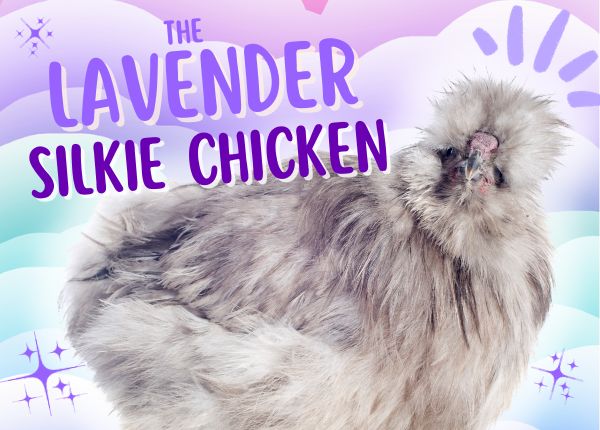
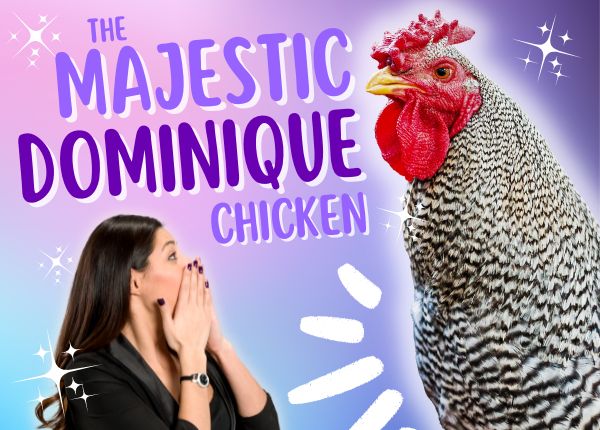



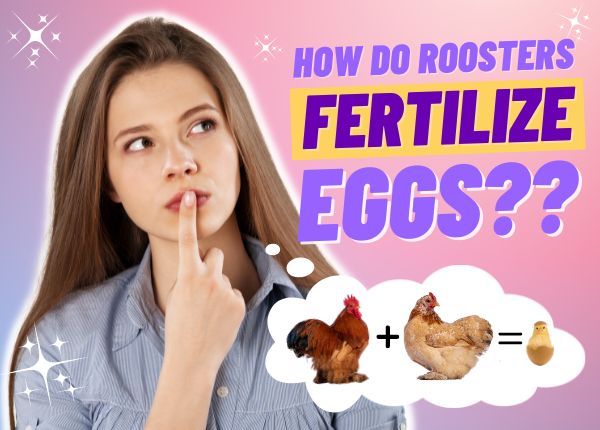
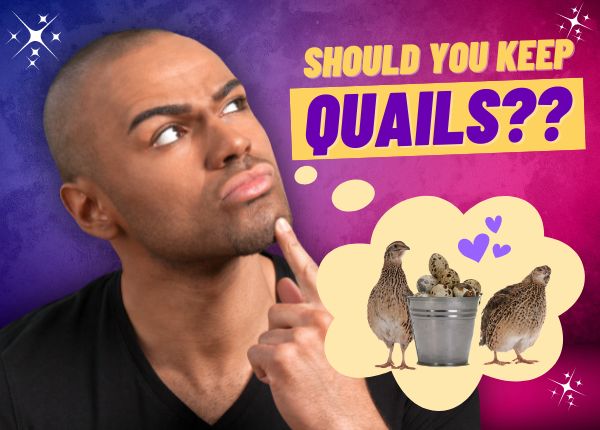


Leave a comment (all fields required)